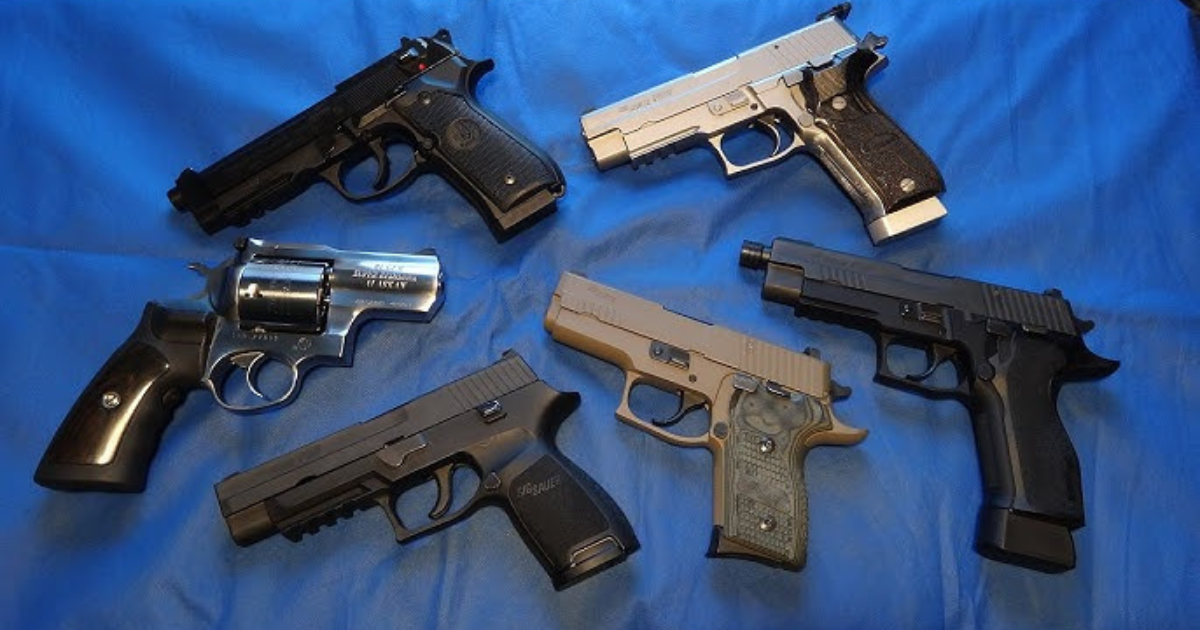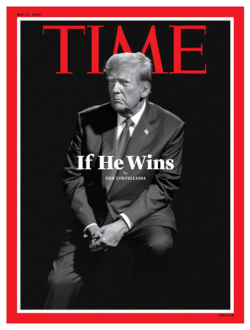Investing in welding equipment can be costly, which is why many professionals and hobbyists consider buying a used welder as a practical alternative. While pre-owned machines can deliver excellent performance at a fraction of the price, it’s important to evaluate them carefully to ensure you’re getting both quality and value.
Check the Condition of the Machine
Begin with a thorough inspection. Look for visible wear, damaged cables, or rust. While cosmetic blemishes may not affect performance, signs of neglect could indicate potential internal problems.
Review the Brand and Model
Certain brands have reputations for durability and longevity. Research the specific model to confirm it has a history of reliability. Well-established brands also make it easier to find replacement parts and support.
Test the Performance
Whenever possible, power up the welder and test its output. Consistent performance without fluctuations in arc stability is a strong indicator of a machine that still has plenty of life left.
Verify Maintenance History
Ask the seller for records of previous maintenance or repairs. A machine that has been serviced regularly is more likely to perform well and last longer.
Consider the Intended Use
Different projects require different power levels and capabilities. Ensure that the welder matches the type of work you’ll be performing, whether it’s light hobby welding, automotive repair, or heavy-duty industrial use.
Compare the cost of the used machine against the price of a new one. Make sure the savings justify any potential wear and tear. If the price is too close to new equipment, investing in a new welder may be the better option.





